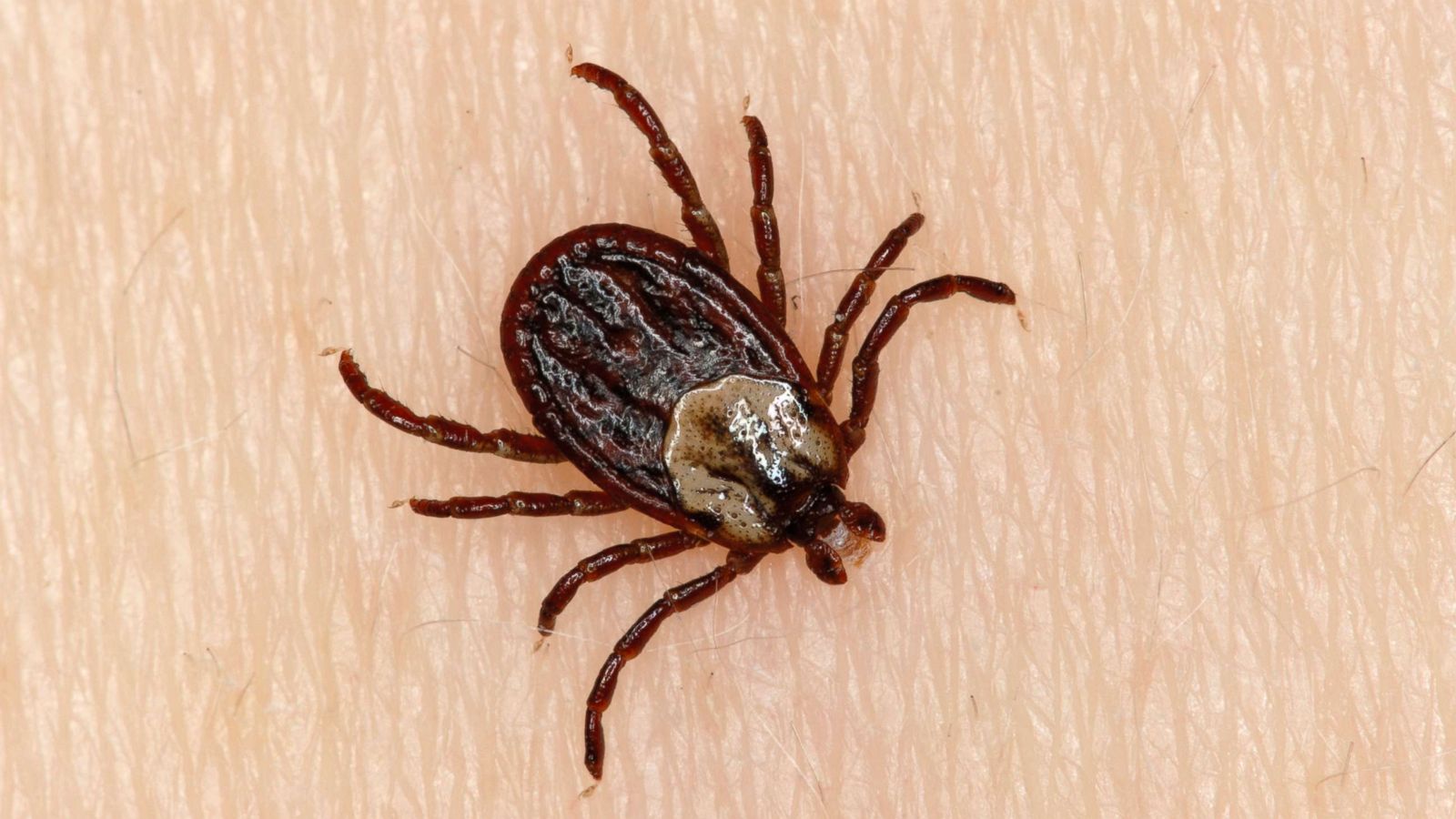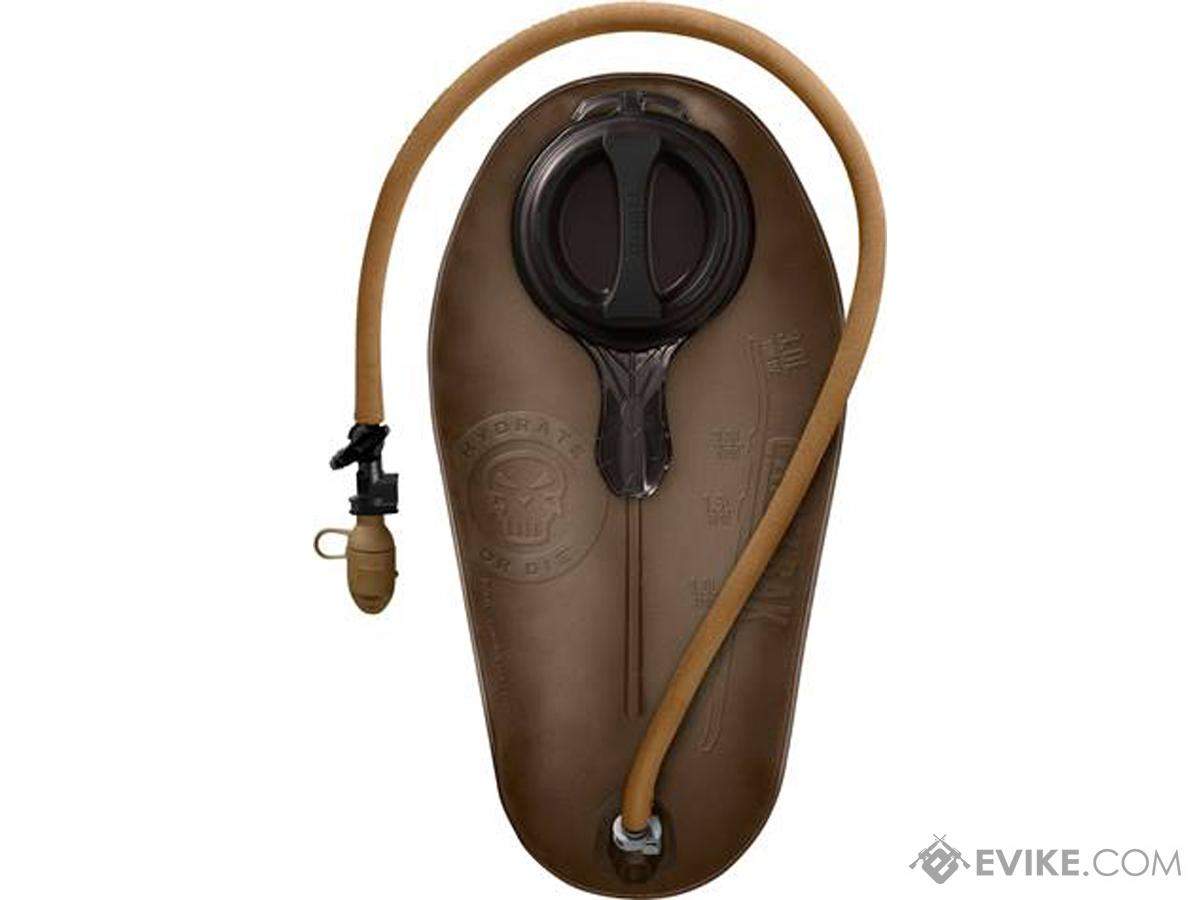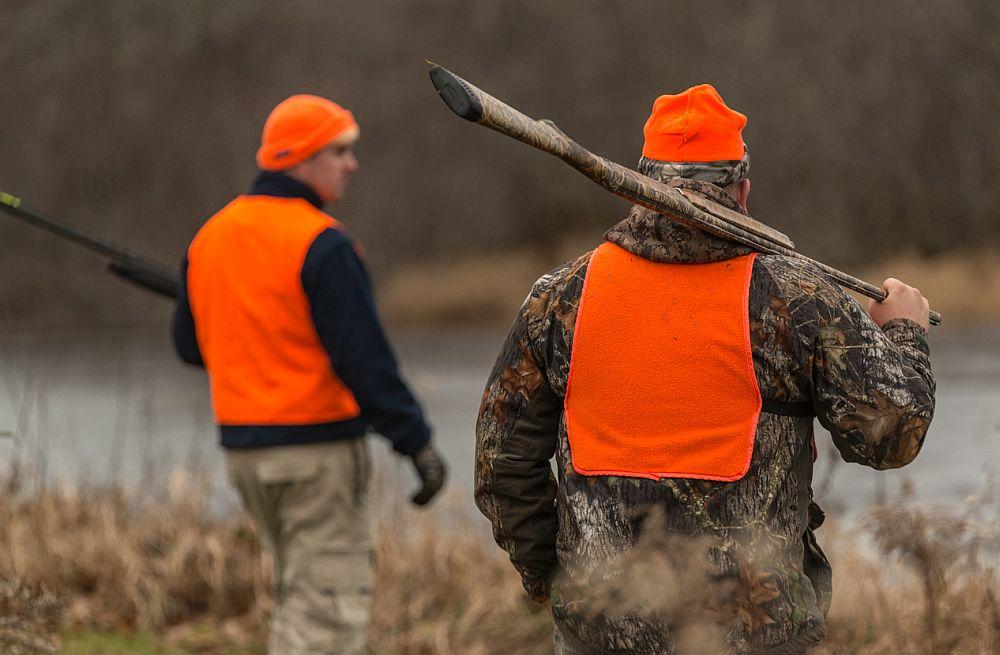Prologue
Before I start, the term “armed hiker” is not meant to be a synonym for “unsuccessful hunter”. It’s not. An unsuccessful hunter implies that finding game animals and harvesting them was the goal, whereas all I wanted to do was march around in semi-swamplands for a few hours wearing camo and carrying a rifle. Now, my companion on both trips was an unsuccessful hunter, but that’s his problem.
Anyway, my first two armed hikes are complete, and I’ve learned a few lessons from the meeting of armament with walking in the wilderness.
Groupies
Firstly: be prepared to deal with groupies. They’ll get stirred up as you pass them, and they’ll follow you incessantly after that. Bring sufficient repellent – OFF works, but so does covering yourself in mud (depending on your location, this may improve your skin at the same time). Like all hordes, groupies will pester you every time you stop moving, interfering with your ability to spot wildlife. Or your companions. Or your ability to avoid headaches. The buzzing sound they make when they’re trying to suck the life out of you is… well, the best that can be said about it is that wild groupies aren’t as bad as the ones chasing Justin Beiber (those ones are impervious to chemical repellents), though they still have the same goals. Use whatever repellents you have on hand, even if it requires leaving the hiking area to acquire fresh supplies, and reapply it liberally every few hours.

There’s another kind of annoying groupie out there also: these, fortunately, don’t make any noise, but they’ll climb into your pants, cling to your legs and suck the life out of you all the same. If you find them on you, it’s important to shout “BEGONE, THOT!” as you remove it.
For thematic reasons, obviously.
Be sure to use tweezers (try not to pop them as you do), and check to see if they left any teeth stuck in your flesh – you really don’t want to know where that mouth has been, so be sure to disinfect the bite area as well. These, too, can be warded off with the appropriate chemical agents, but even if you have some it’s still best to completely cover your legs and feet.

Remember: flies spread disease, so keep yours closed.
Game – I mean Mobile Waypoints
Second: mobile waypoints. Mine happen to be quadrupeds with cloven hooves and the occasional pair of tusks, but they are not wild hogs. They’re mobile waypoints. And it’s my job as an armed hiker to locate them, use my armament to secure them, and then disassemble them so they can be cooked and eat… I mean repaired. They’re broken, you see. I need to take them apart because they need repairs. Which involves cast iron cookware and a gas-powered grill. And a big knife. And a few other tools that one might otherwise mistake for hunting implements. They aren’t, but you’d be forgiven for thinking so.

These broken mobile waypoints have a tough chassis and dense inner mechanisms, so it’s always important to ensure your armament is up to the task. If you can carry a 37mm artillery piece, that will certainly do the job, but be sure you don’t load it with HE rounds: you’ll be cleaning up the mess for days, and you’ll never get it repaired.
I haven’t found any yet, but third time’s the charm, as they say. I’ll become a mobile waypoint repairman yet!
Weight
Third: weight. It’s really amazing how much more something weighs when you’ve been carrying it for two hours and change, compared to when you were sitting on a bench at the shooting range. My hunting rifle takes box magazines, but even when I took the magazine out and just had a single round loaded in the chamber, I found myself repeatedly having to shift my carry position – even with the sling – trying to balance the load in a comfortable way. A single-point sling, like the one my companion jury-rigged up, would probably have helped, but I’m not that clever.

When you’ve done it once, it’s much easier to understand why some people hunt with handguns: hip holsters carry the weight much better.
Water, of course, is a must – and it’s really easy to underestimate how much water you will need in the field. Obviously it varies based on weather and local conditions, but unless you’re an experienced hiker it’s best to carry at least 50% more water than you think you’ll need. Water is, however, heavy. Each gallon of water you carry weighs about 9 pounds, so be sure to distribute it well in your pack.
On my first hike I carried an insulated thermos with ice water in it – the amount was more than enough, but it was a mistake to carry it that way, as the water made a lot of noise sloshing around inside the thermos. A camelback-style reservoir will shrink around the water it carries as you drink it, so it won’t slosh; this is a much better option, and you won’t even need to open your pack to get at it if you’ve got the straw attached.

I thought I was very clever for thinking of that for my second trip; I hadn’t, however, counted on the fact that my reservoir didn’t tolerate being turned upside-down very well, and as my pack didn’t have a pouch specifically for it I ended up with some of my water on my lower back. So be sure that yours has a proper seal before you head out.
Of course, the heaviest load is the gam… I mean the mobile waypoints themselves, if you manage to bag one. Whether you disassemble them in the field or you’re bringing them back whole, it’s not an insignificant factor. My companion’s plan was to disassemble them in place and carry back the tastie… I mean the most important pieces, and leave the rest. Now, you might think leaving the bulk of a damaged machine where you found it will make it more vulnerable to corrosion and such, and you’d be right. But some sacrifices must be made in the name of bacon. I mean… well, you know what I mean.
/GettyImages-599760022-5a5e52ce13f1290036e350e4-5b032d9ec06471003604a51f.jpg)
So whether you’re an armed hiker or an unsuccessful hunter – or, wonder of wonders, a successful hunter – or just considering becoming one of the preceding yourself at some point, hopefully you’ve found some insight into my recollections. Or at least a few laughs.
